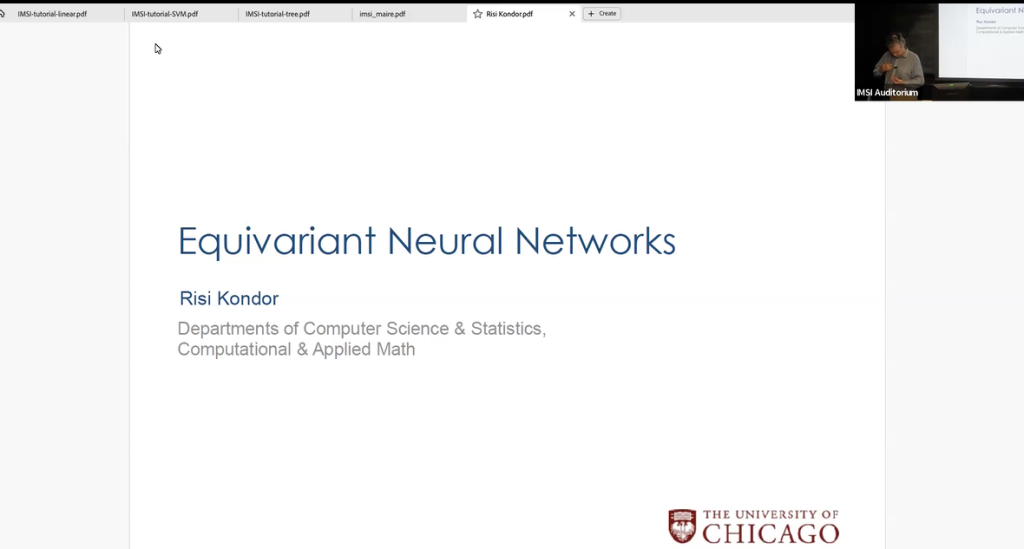Abstract
Neural networks used to model molecular systems must obey fundamental physical symmetries, such as invariance to translations rotations and permutations of atoms. Over the last few years a coherent mathematical framework has emerged to implement any such symmetry, more broadly, to implement symmetry to the action of any finite group or compact Lie group. The mathematical framework is based on representation theory, but given a few basic operations such as generalized spherical harmonic transforms and Clebsch-Gordan products, the resulting so-called equivariant neural networks are easy to implement in standard neural network libraries. In this tutorial I will give a broad overview of equivariant networks and also talk about the practicalities of implementing them in software.
